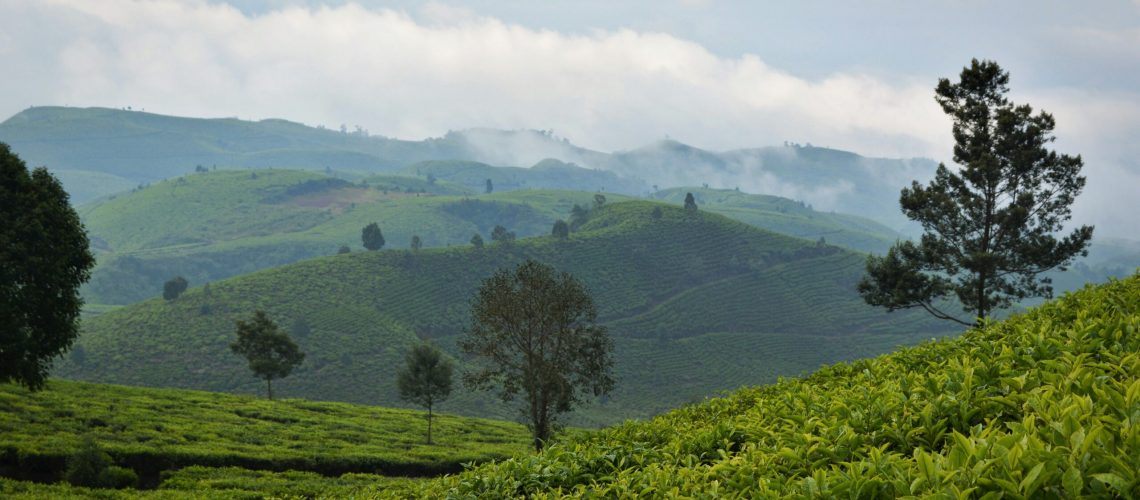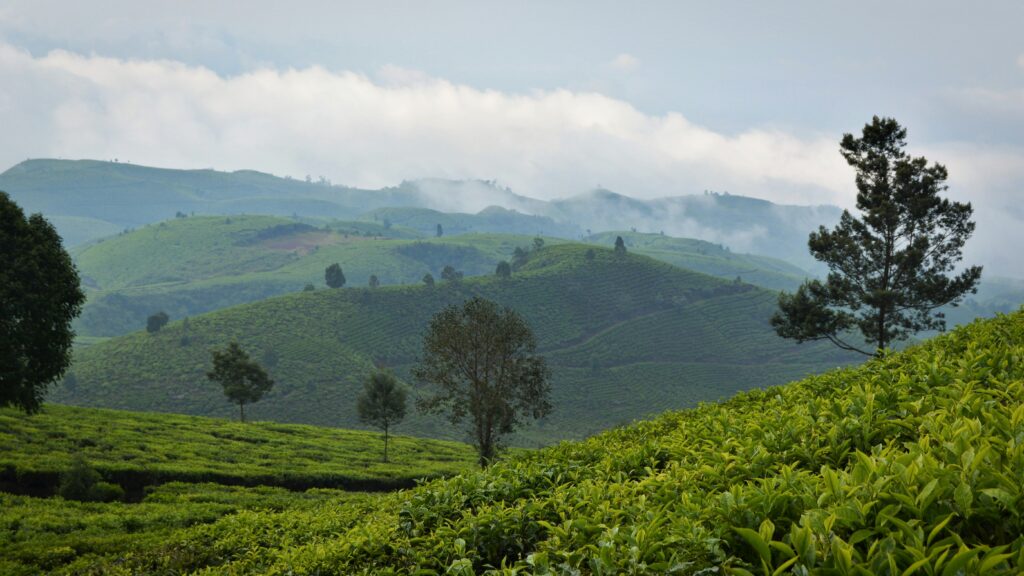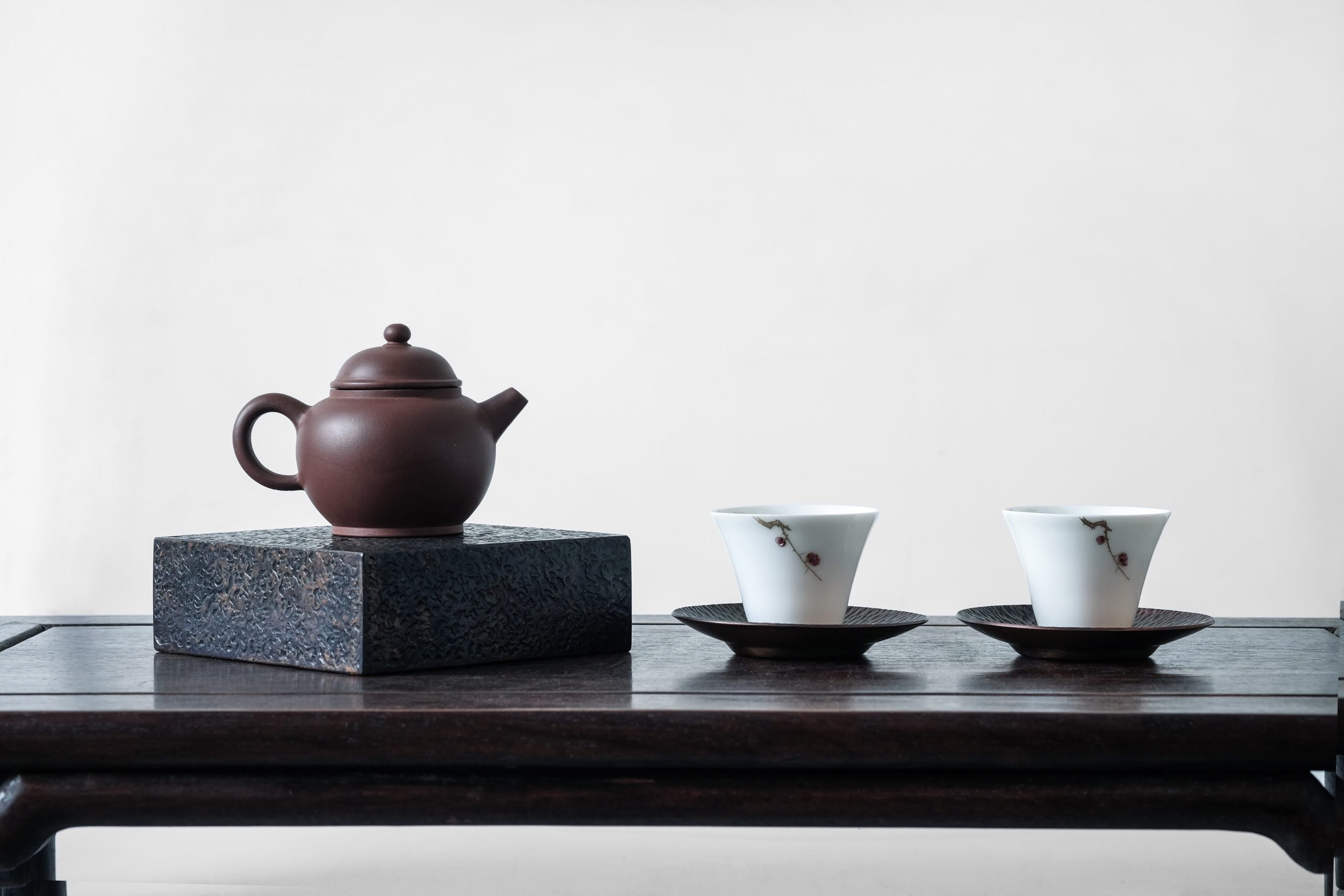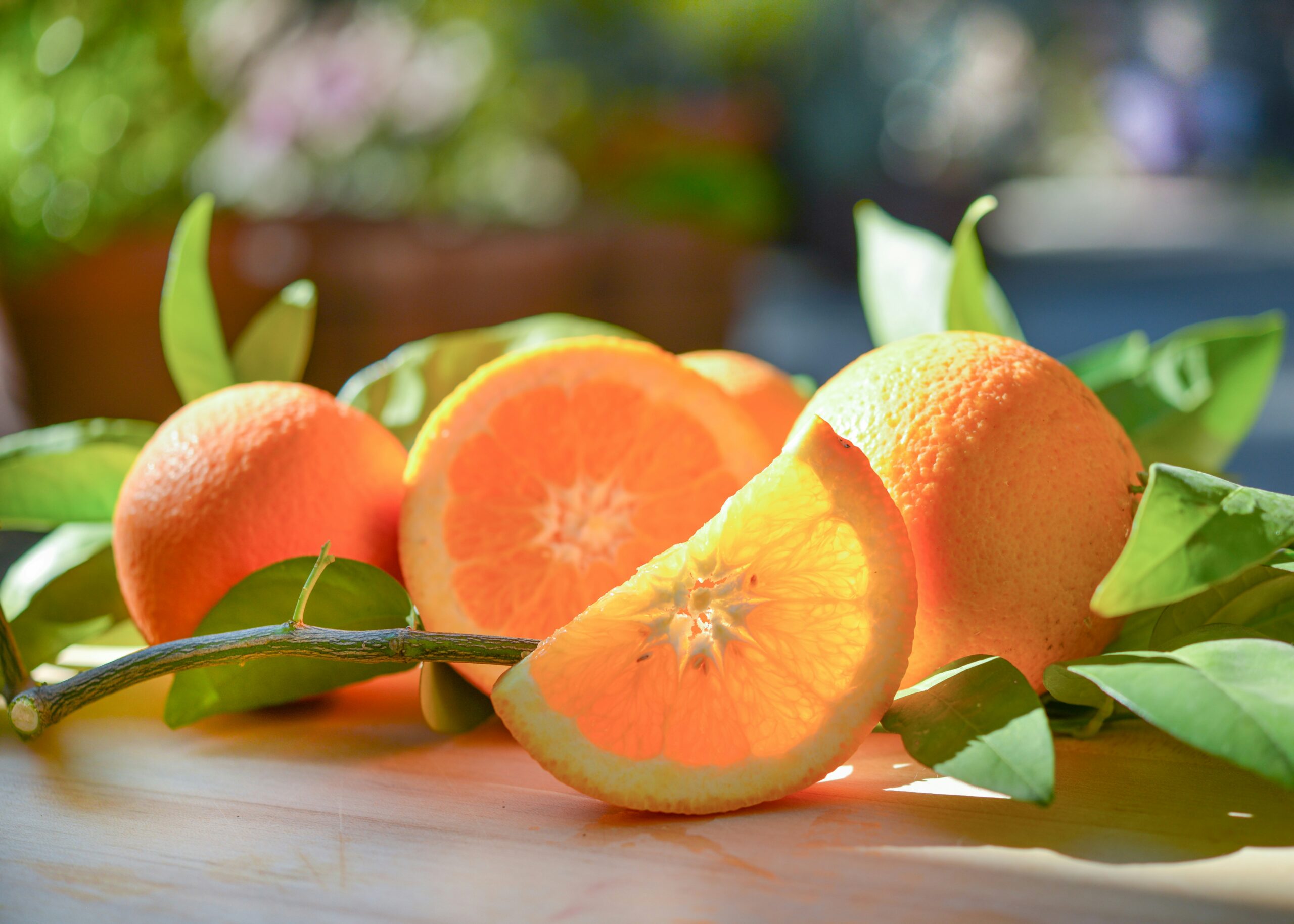Blogs » Μη κατηγοριοποιημένο » The Difference Between Chinese Tea and Assam Tea
The Difference Between Chinese Tea and Assam Tea

There are many varieties of tea, but the two most prevalent globally are Chinese tea and Assam tea. Each has its own distinct characteristics and is suited to different climates and uses, which influences how we choose and enjoy tea. In this article, we will explore the key features and differences between these two main varieties in detail.

What are the Chinese tea varieties?
The Chinese tea plant originated from the Yunnan province in southwestern China. Its leaves are small, usually ranging from 3 to 5 centimeters in length, with a smooth surface and fine fibers. This tea plant developed along the Yangtze River basin, where it adapted to cold winter climates, allowing the small-leafed, bush-like plants to survive. Due to its high cold tolerance, it can be grown in regions that experience cold winters.
From a compositional perspective, the leaves of the Chinese tea variety have a lower catechin content and a higher amino acid content. This makes the leaves less prone to oxidation, making them suitable for producing green tea, white tea, and oolong tea. The Chinese variety is extensively cultivated in Japan, particularly for green tea production. In recent years, more and more Japanese farmers have been producing black tea from the Chinese variety, resulting in a tea with less bitterness and a sweeter flavor profile.
What are the Assam tea varieties?
The Assam tea variety was discovered in 1823 by British explorer M.R. Bruce in the Assam region of India. The leaves of Assam tea are quite large, ranging from 10 to 18 centimeters in length, and have a prominent surface with coarser fibers. This variety thrives in warm climates and struggles in cold regions, so it is primarily grown in Assam, Sri Lanka, Indonesia, and Kenya.
Assam tea leaves have a high catechin content but lower amino acids. These leaves exhibit high enzymatic activity, making them ideal for fermentation and black tea production. Assam tea is renowned for its deep red color, rich aroma, and robust flavor, making it a popular choice for milk tea.
Chinese and Assam varieties differ in their origin, leaf size, climate adaptability, and chemical composition, leading to their use in different types of tea and production methods. Understanding these differences can enhance your tea-drinking experience, allowing you to choose the most suitable tea according to your preferences. The world of tea is vast and diverse, with each variety offering unique characteristics. The next time you enjoy tea, consider these differences, and you may find a deeper appreciation for your favorite tea.
Recommended Articles
Latest Articles

About the Author / teplo

teplo is a tea brand with the mission of bringing delicious tea to the world.
We provide comprehensive support for the operation of tea media, the purchase and sale of tea leaves, the development and sale of tea brewing machines, and the development of tea menus and recipes for restaurants.
Sign up for teplo’s e-newsletter
Want to receive seasonal information and tidbits about tea without missing a beat? If so, please register your e-mail address using the registration form below.
We will send you the latest information from teplo by e-mail newsletter.
(*1) Please be sure to read and agree to our Privacy Policy before registering.
(*2) Please make sure that you can receive emails from info@load-road.comおよびhello.japan@load-road.com.



